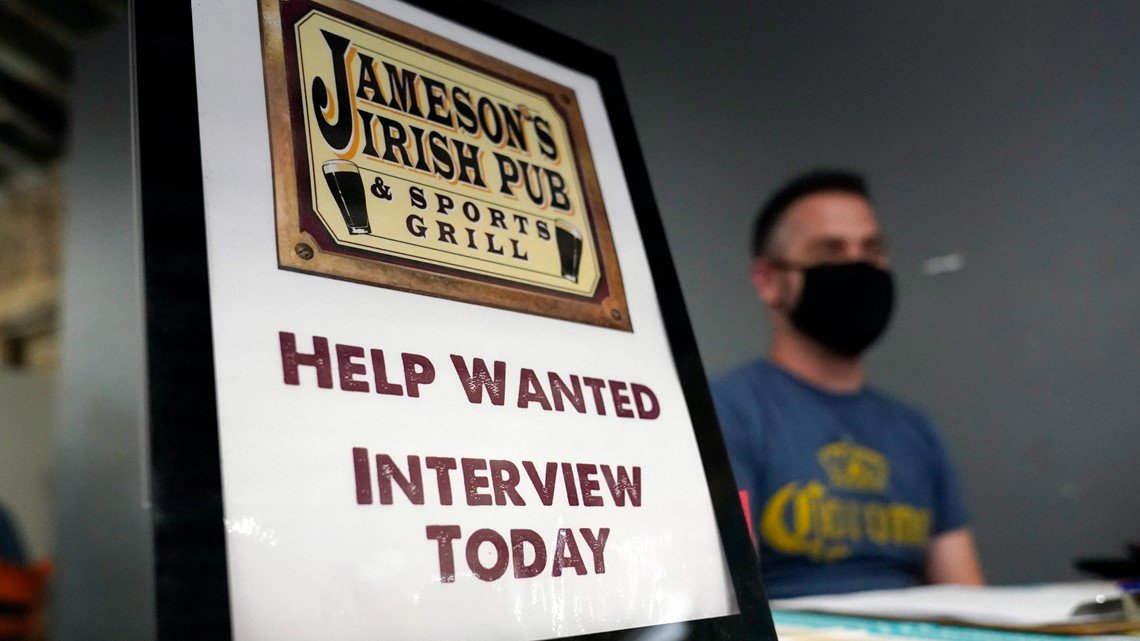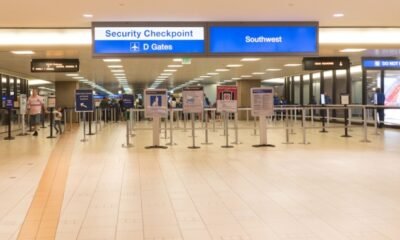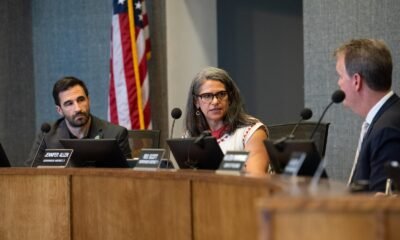Business
US Labor Market Defies Expectations as Unemployment Rate Continues to Plummet

U.S. employers added 147,000 jobs in June, reflecting the labor market’s surprising stability amidst ongoing uncertainty surrounding President Donald Trump’s economic policies. The unemployment rate dipped slightly to 4.1% from 4.2% in May, as reported by the Labor Department.
The recent hiring figures surpassed economists’ predictions, which anticipated fewer than 118,000 new jobs. This marks a modest increase from May’s revised count of 144,000, indicating a gradual rebound in employment despite challenges.
In recent years, the job market has significantly cooled from its heights during the economic recovery post-COVID-19 lockdowns, where companies aggressively sought workers. So far this year, the average monthly job addition stands at 130,000, a decline from 168,000 in 2024 and 400,000 from 2021 to 2023.
While June’s numbers indicate resilience, accessing new employment opportunities has tightened. Key sectors like healthcare added 39,000 jobs; however, the federal government saw a loss of 7,000 positions, potentially linked to Trump’s hiring freeze.
Revisions from the Labor Department adjusted April and May payrolls upward by a total of 16,000 jobs. The total number of unemployed individuals decreased by 222,000.
Average hourly wages increased by 0.2% from May and 3.7% year-over-year, edging closer to the Federal Reserve’s inflation target. Yet, some analysts urge caution, highlighting that beneath this seemingly positive report, deeper issues persist. “On net, it was a good report,” said Sarah House, a senior economist at Wells Fargo, but added that it wasn’t as favorable upon closer inspection.
Private sector hiring lagged, with only 74,000 new workers added— the lowest since last October. Seasonal aspects may have inflated job additions in education sectors, while the overall labor force shrank by 130,000 last month amid fears linked to Trump’s immigration policies.
The Federal Reserve’s decision to raise interest rates has contributed to reduced hiring rates, yet the economy remains robust, defying predictions of an impending recession. Businesses continue to recruit, but the pace has moderated.
Economic analysts point out that Trump’s tariff policies have created an environment of uncertainty for employers. The unpredictable implementation of these tariffs has hindered business planning and investment in workforce expansion.
Looking ahead, House anticipates that job growth may fall below 100,000 in the latter half of the year. Uncertainty regarding economic policies will continue to loom over the labor market.
The increase in job additions may influence the Fed’s decision to maintain current interest rates as it assesses the impacts of tariffs and other policies on inflation. Carl B. Weinberg, chief economist at High Frequency Economics, noted that recent results may temper expectations for rate cuts.
Despite low unemployment rates and job security for many Americans, challenges persist for younger individuals and those re-entering the workforce. Discouraged workers— individuals believing no jobs are available—rose by 256,000 in June.
The experience of those seeking employment remains varied. Derek Wing, a former city government communications manager, shared his daunting job search experience following a layoff. However, he quickly found a position at Gesa Credit Union, reflecting the evolving hiring landscapes.
Cheryl Adamson, Gesa’s chief risk officer, remarked on the shift in hiring dynamics: “It was really an employee’s market for a while. Then the winds have shifted a little bit more in favor of the employer.”
Copyright 2025 Associated Press. All rights reserved. This material may not be published, broadcast, rewritten, or redistributed.
















